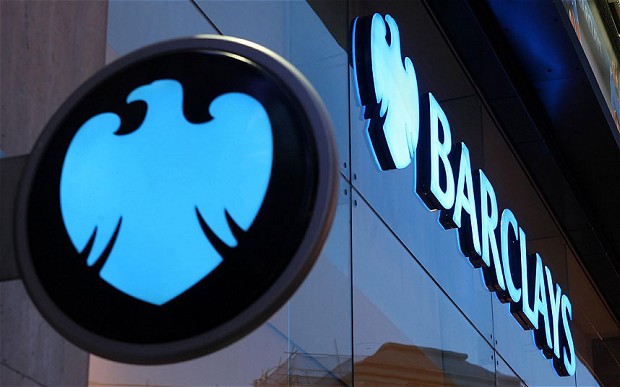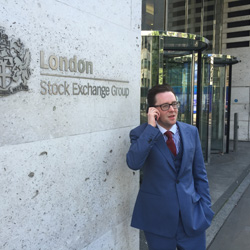The days when markets kept rising despite negative news are over — dips are no longer getting bought up, and instead of raising their S&P 500 forecasts, major banks are revising them downward. Goldman Sachs, for example, now expects the index to reach 5,700 by the end of 2025, down from its previous target of 6,200.

What has changed? Market participants no longer look to the future with optimism, even if they are promised that “things will only get better.” Instead of anticipating rate cuts, there is now worry about potential hikes. And although the Fed’s March dot plot remained unchanged, a more hawkish scenario cannot be ruled out.
Economic data is not encouraging either. U.S. disposable income grew 0.9% month-on-month and 4.4% year-on-year, while CPI rose 0.3% month-on-month and 2.5% year-on-year, but the quarterly growth rate accelerated to 3.2%. Core inflation was 0.4% month-on-month and 2.8% year-on-year.
In addition, inflation expectations have soared. According to the latest University of Michigan Consumer Survey, price growth is expected to reach 5% in a year, up 0.1 percentage points from mid-month. Five years out, expectations stand at 4.1%, the highest in many years.
What has changed? It’s not about the rising cost of eggs. Fed Chairman Jerome Powell acknowledged that inflation is rising “partly in response to tariffs,” warning that this year’s advance could be delayed. And with more tariffs on the way, the Fed’s job is only getting more complicated.
However, inflation is not the only concern; economic growth is also slowing. Because of trade tensions, J.P. Morgan Research has lowered its forecast for U.S. real GDP growth in 2025 to 1.6%, down 0.3 percentage points. The bank now sees a 40% chance of a global recession this year, down from 30% in early 2025.
Then there is geopolitics. Washington has reached agreements with Russia and Ukraine to ensure safe passage in the Black Sea and avoid using force. There are ongoing talks on protecting energy infrastructure from attack, but progress has been slow, if not nonexistent.
Meanwhile, Iran has rejected direct negotiations with the United States, although it remains open to talks through intermediaries. Trump has threatened Iran with “bombings” and “secondary tariffs” if it does not agree to a nuclear deal with Washington, and time is running out.
To top it off, a U.S. debt default could occur between mid-July and early October 2025 if Congress does not act to raise or suspend the debt ceiling. Given all this uncertainty, it is no wonder that markets are in the throes of risk aversion, with investors flocking to safe-haven assets such as gold and US Treasuries.
That said, we will need new negative triggers for the market to fall further, as most old ones seem priced in. On the other hand, there are also no clear reasons for growth due to the lack of positivity. So, we are left to wait and see what surprises Trump has in store for the world on April 2.


 Hot Features
Hot Features













